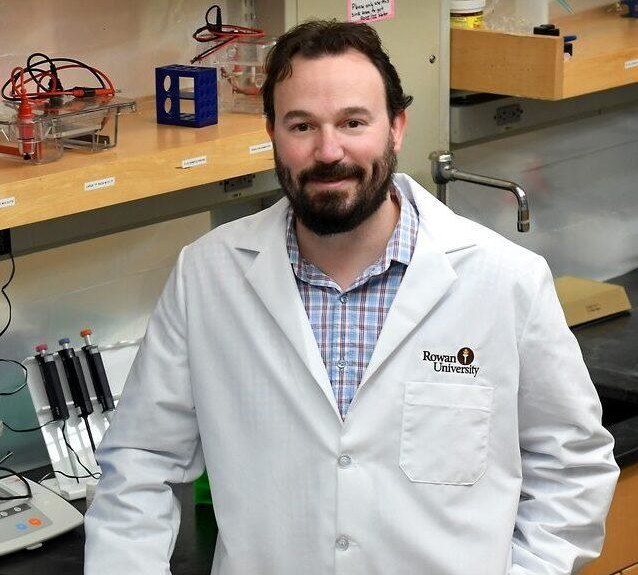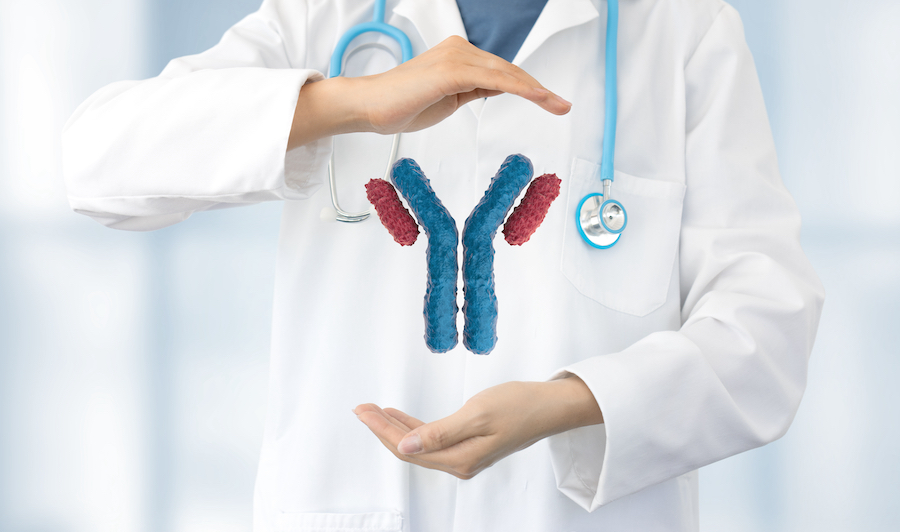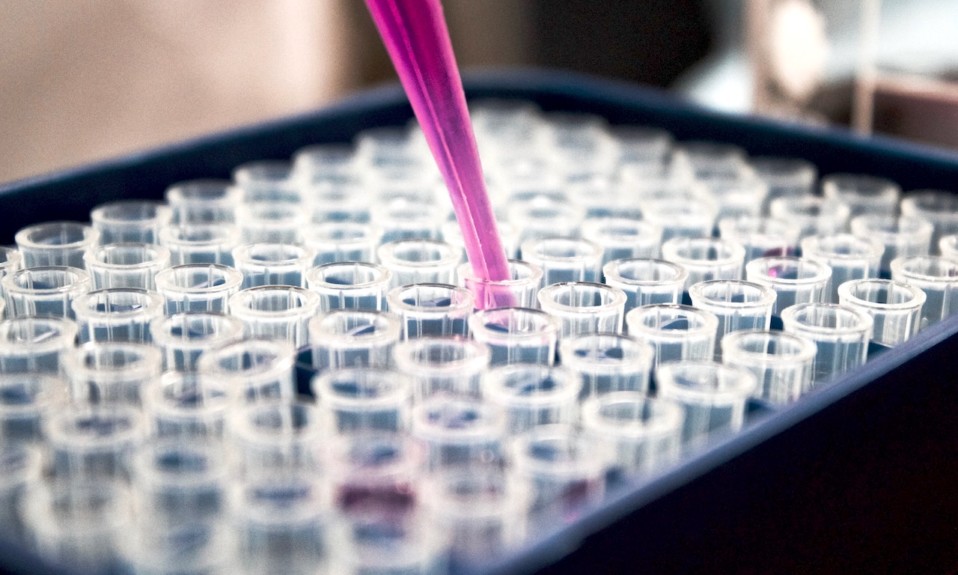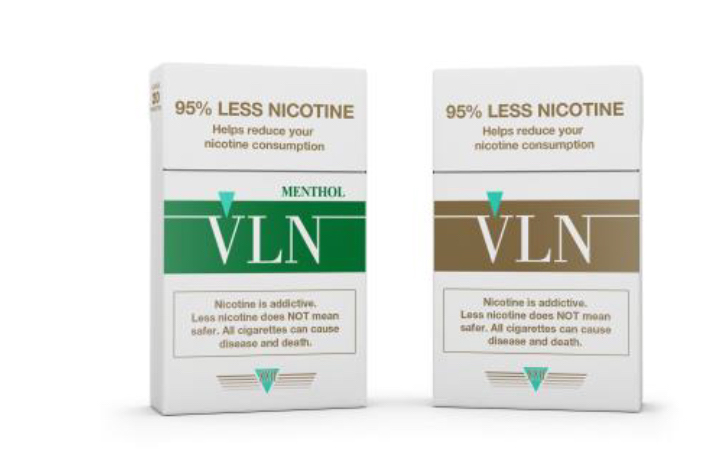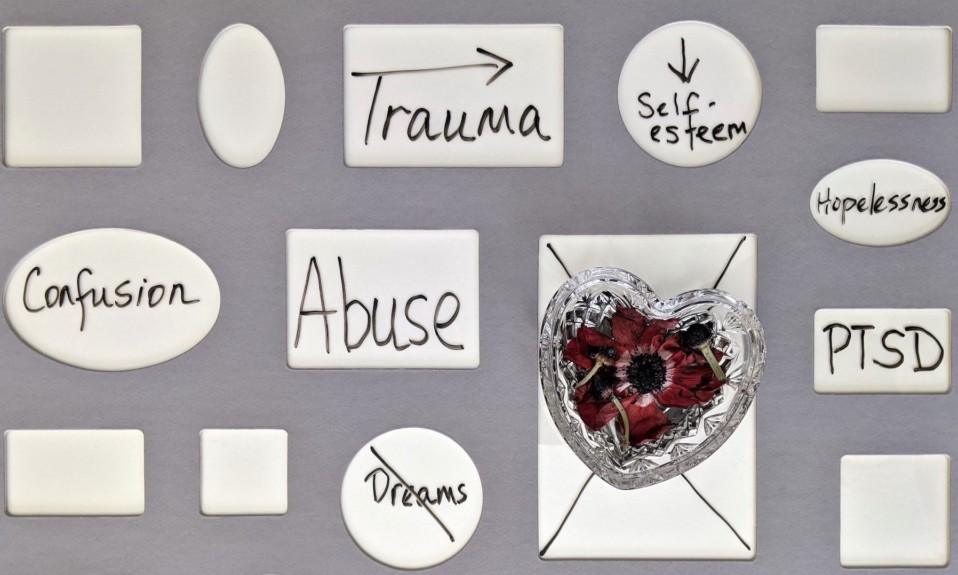NIDA funds $428K research on medication assisted treatment that could treat addiction to cocaine, meth, heroin and other substances
By Jason Langendorf
December 15, 2020In October, clinical researchers in New Jersey and North Carolina received a $428,000 grant from the National Institute on Drug Abuse (NIDA) for their work on medication assisted treatment (MAT) that eventually could be used to treat abuse of psychostimulant drugs such as cocaine and methamphetamines, as well as heroin (an opioid). Rowan University’s Thomas Keck, Ph.D., shown in photo, and High Point University’s Comfort Boateng, Ph.D., are co-principal investigators whose research has focused on the dopamine D4 receptor and its role in a number of functions, including those associated with addiction.
Medication-assisted treatment (MAT) has been a game-changing and, in certain cases, life-saving addition to the spectrum of addiction care. Although science has yet to deliver a therapeutic drug for substances such as psychostimulants, even that component may be near at hand.
I’m pretty certain there will never be a pill that will undo drug addiction. But there absolutely could be, and hopefully someday soon, a medication that can help. A multi-pronged approach is always probably going to be most effective.”—Thomas Keck, Ph.D., associate professor, Rowan University
The D4 receptor plays an important role in decision-making and has been researched extensively for its links to attention deficit disorder and addiction. Much of Keck and Boateng’s work is devoted to refining new compounds that affect the D4 receptor and helping to improve outcomes for those with addiction and other conditions.
Psychostimulant MAT Study Focus: D4 Receptor
“The ideal way that I think the drugs we’re working on could potentially be useful—and we have some level of data that supports that we might be able to accomplish this—is that it might have a dual effect,” says Keck, an associate professor in Rowan’s Department of Chemistry & Biochemistry and Department of Molecular & Cellular Biosciences. “These compounds that affect the D4 receptor might make something like cocaine a little less enjoyable, and they might make it a little easier to make the decision not to do cocaine.”
Keck is quick to shoot down assumptions that might be drawn from his group’s work about the nature of addiction. Although the D4 receptor is associated with executive function, he says framing drug use and misuse as a simple choice, or a personal failing, is “victim blaming”—and a great oversimplification of a complex problem.
“The drugs of abuse work by a lot of different means,” Keck says. “But what they end up doing is changing the balance of what feels like the right choice at the right time. Because, depending on what drug we’re talking about, they could have some levels of inducing euphoria, they could have some levels of reducing anxiety or other sort of negative effects. There could be visual components. And the way we respond to drugs, whether it’s acutely or chronically, varies based upon our life experiences and our genetic backgrounds and just the time and place. It’s a complicated milieu of signaling and understanding.”
Keck adds that the gene associated with the D4 receptor is “pretty variable in the population at large.” Although the researchers don’t fully understand the variations yet, students under Keck and Boateng, an assistant professor of basic pharmaceutical sciences at High Point’s Fred Wilson School of Pharmacy, now have the grant funding to build on their work toward optimizing new molecules targeting the D4 receptor.
Psychostimulant MAT Timeline: Five Years
If Keck and Boateng’s research progresses as hoped, a MAT for psychostimulants could be developed and brought to market in as soon as five years. Keck cautions, however, that this estimate is a best-case scenario: “What’s probably more likely is that we’ll identify new information from these medications, from these drug molecules, that will help us design the next round.”
In the meantime, a continuum of care remains the most reliable addiction treatment path. MAT is not—and likely never will be—a magic bullet for substance use disorder (SUD).
“I’m pretty certain there will never be a pill that will undo drug addiction,” says Keck. “But there absolutely could be, and hopefully someday soon, a medication that can help. A multi-pronged approach is always probably going to be most effective. It’s about changing the circumstances around which problematic drug-taking occurs.”
Photo: Rowan University


